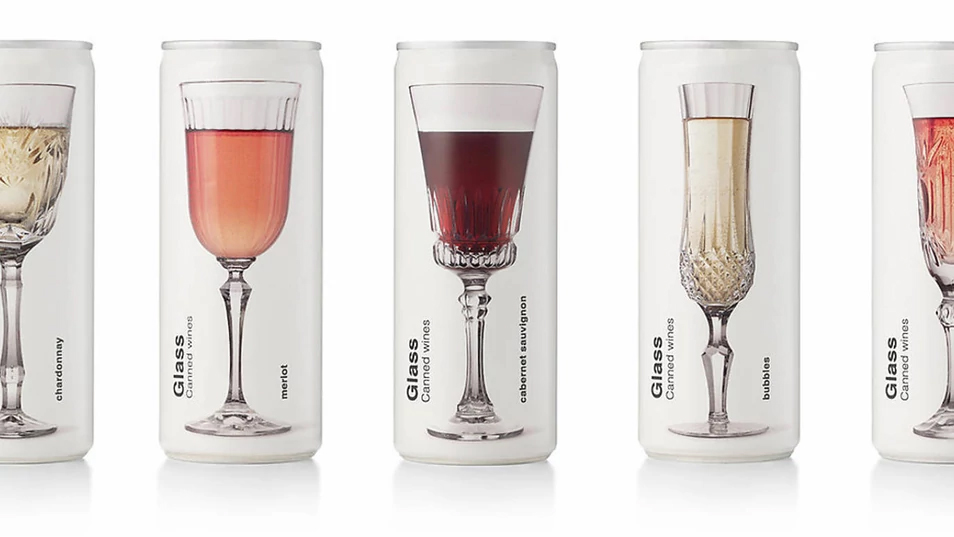Last year, the international wine market suffered a significant decline due in part to factors such as the energy problem, some decoupling in the distribution route and high production costs. These situations have also been marked by the military conflict in Ukraine.
World wine consumption last year reached 23.2 billion liters, down 1% from the previous year’s figure. This is because, since 2018, China has recorded a 200 million liter decline in its annual consumption and the Covid-19 pandemic only exacerbated this result with a drop in the most important wine markets.
It is currently estimated that around 200 countries are those that actually demand wine on a regular basis, of which five account for almost half of the world’s consumption. As an example, the European Union (EU) consumed 11.1 billion liters of wine in 2022, which is 2% less than in 2021 and 48% of global consumption. Studies on the amount of wine consumed in different countries have considerable limitations, however, they have some accuracy in identifying trends. France is the largest consumer in the EU with 2.53 billion liters in 2022, followed by Italy with 2.3 billion liters, Germany with 1.94 billion liters and Spain with 1.03 billion liters consumed during the same year.
On the other side of the pond, the United States continues to be the country that consumes the most wine, with an estimated average of 3.4 billion liters. By contrast, Russia experienced an increase in its wine consumption compared to 2021, reaching 1.08 billion liters. In the case of Asia, the volume of wine consumed in China fell to 880 million liters, significantly lower than in 2021. Meanwhile, Japan recorded an estimated consumption of 340 million liters. In South America, the majority of consumption is concentrated in Argentina with 830 million liters, followed by Brazil with 360 million liters.
South Africa, on the other hand, reached an all-time high, with a volume of close to 460 million liters. On the other hand, Australia had a 3% drop with respect to 2021 versus the average of the last five years.














